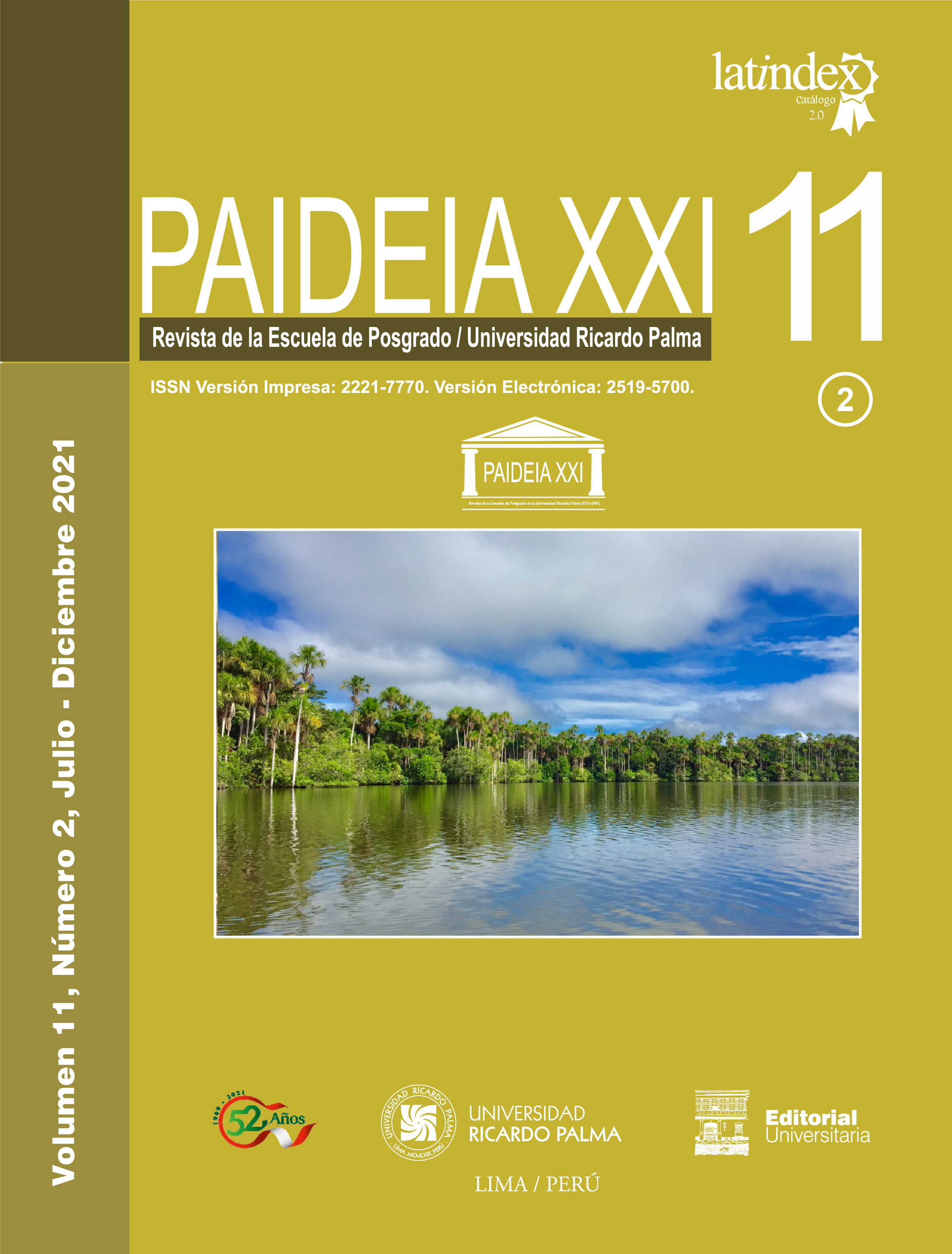NUTRITIONAL STATUS AND OUTCOMES IN CRITICALLY ILL CHILDREN
DOI:
https://doi.org/10.31381/paideia.v11i2.4262Abstract
The main objective was to determine if the nutritional status on admission to the Pediatric Intensive Care Unit (PICU) affects the child’s evolution, identifying evolution as PICU and Hospital stay, Mechanical Ventilation (MV) time, frequency of Healthcare Associated Infections (IACS) and PICU and Hospital mortality. We performed a prospective cohort study in 367 consecutive admissions to the PCU of the Instituto Nacional de Salud del Niño, classifying the nutritional status according to World Health Organization (WHO) standards. After elimination of 87 admissions, we found that 72/280 children (26%) presented MN, most with undernutrition (20%). In the bivariate analysis, only the frequency of MV use was higher in MN children (88.9% vs. 78.4%, p = 0.04). In the multivariate models, we observed that patients with MN had a lower IACS frequency (IC -3.8 - -0.2, p = 0.02), a longer ICU stay (CI 1.4 – 21.9, p = 0.02) and a longer MV time (Coef β 1.3, p <0.00). A multivariable model for MV time obtained 100% predictability, in which MN, PRISM score and presence of comorbidity and IACS were positively associated. We concluded that MN increased the stay in ICU and MV time, but it was not associated with mortality in ICU or hospital. MN, male sex, PO diagnosis and stay in the ICU were associated with the development of IACS, while the MN, the cardiovascular diagnosis and the presence of IACS prolong the stay in the ICU. The hospital stay increased with comorbidity and the use of MV.
Keywords: children – intensive care – malnutrition












